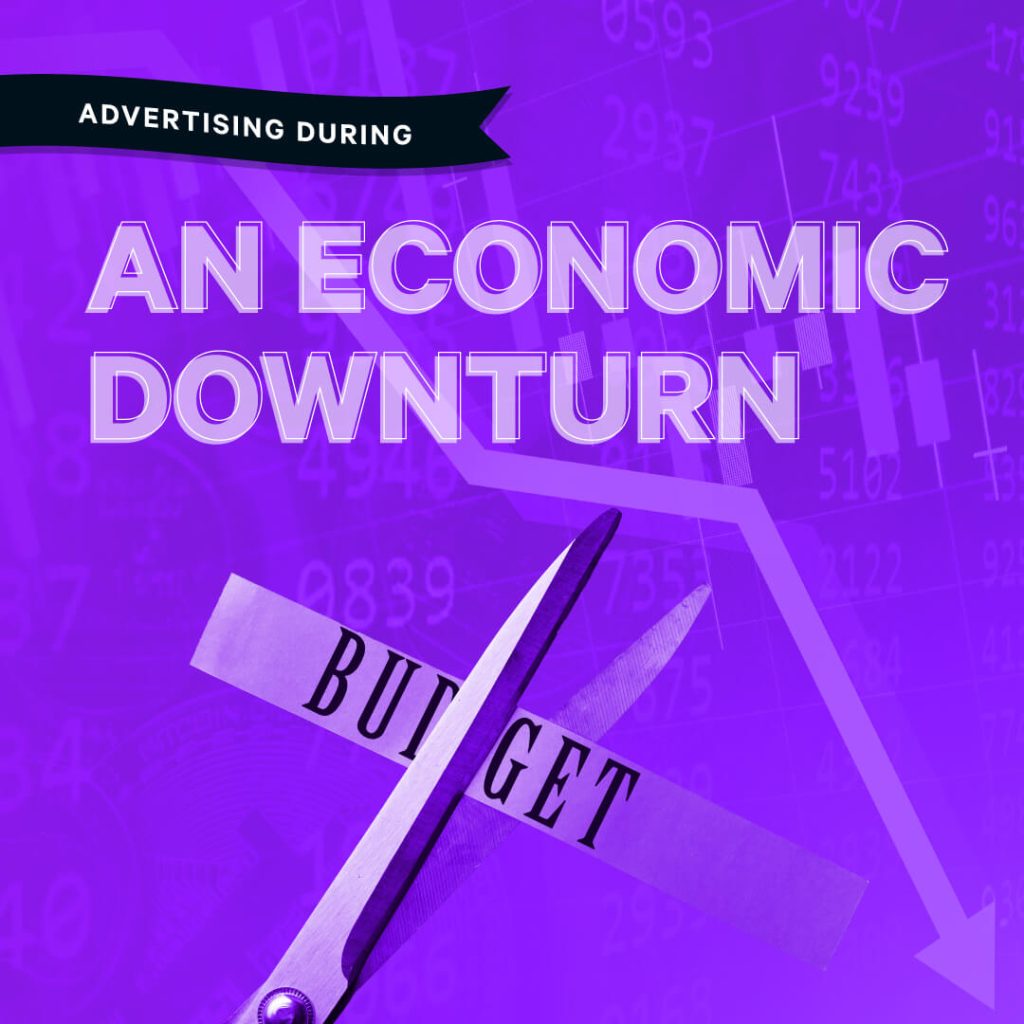The Multi-Dimensional Media Relations Newsroom of the Future

Brands will resemble publishers and assemble newsrooms and hire or train journalists who can tell stories and contribute to major publications.
~ Michael Brenner, SAP
One of the things I miss about working in a newspaper newsroom is the squawk of the police scanner, the banter of the photographers and the mad scramble on deadline to get breaking news onto the front page of the newspaper.
By contrast, a media relations agency can seem tame and one-dimensional. Some days lack an immediacy that was never possible in a newsroom where a complete newspaper had to go out the door each day, replete with photography, design, editing and writing.
But I have noticed something the longer I work in media relations. While newspapers are going through their own painful transition, media relations companies are morphing into a strikingly similar version of a media newsroom. I have seen a steady transition from less pitching and press release writing to more multi-media brand journalism that requires something similar to the old newsroom of yore — what is now becoming the media relations newsroom of the future.
The magic of a newsroom is the eclectic mix of talents and personalities confined to one small space. When a newsroom is humming along, over-organized designers grumble about carefree and constantly late photographers, reporters work the phones and sweat through deadline, and copyeditors comb through each phrase and fact.
The media agencies that will win out in this rapid transition to a digital, visual brand journalism future are generating the same magic. They are putting designers and writers and digital gurus and strategists all together in one room. When these talents mix, the results can be superlative. And this is the great hope of the new era of media relations and strategic communications — great ideas being hatched and executed by talented and creative minds.
Here are four reasons why media relations and marketing agencies will become more like newsrooms:
Real-time Responses Will Become More Valuable
Media relations professionals used to be famous as lumbering and late responders to journalists. If you needed photos, video or comments, you would often have to wait for the media relations contact to go up through a corporate chain of command, or request photos from a photographer who might take days to respond. When long-lead magazines and national newspapers dominated the media, this was functional. But today, in the age of Twitter, Vice and BuzzFeed, the response has to be immediate, and sometimes real-time. Effective communication from media relations professionals today means monitoring social channels and responding in real-time and having all of the resources to respond to online news outlets in moments. Much like a newsroom’s instantaneous reaction to breaking news, media relations professionals have to be nimble enough to respond in a real-time digital world.
Brand Journalism Demands a Newsroom
Newsrooms combine the skills of many departments for one purpose — the production of a newspaper. You have photography, editing, writing, reporting, fact-checking, design and digital skills all interacting with each other. Likewise, brand journalists must be able to shoot photos, edit video, write professionally, edit effectively and design aesthetically. It is no longer a world that rewards the writing and sending of press releases. It is an environment where creativity, skill and storytelling combine to create, share and broadcast stories.
Media Relations and Advertising are Converging
Social media and brand journalism have blurred the lines between media relations and advertising. Media relations companies now find themselves boosting Facebook posts with advertising budgets and developing brand journalism stories that will rise above the constant digital and social chatter. There is even a very strong case that media relations agencies should create and manage native advertising. There are very few captive audiences left. Advertising has to be engaging enough to make people click, read and share. Advertising today takes more strategy and more follow-through to make sure it is noticed in a digital age. Oftentimes this takes a media relations mind and strategic approach.
The Story Reigns Supreme
One thing has not changed — good stories remain immensely powerful. But media relations professionals who once relied on journalists to tell these stories are now becoming the storytellers themselves. These stories are not just words — they are images, videos, infographics, eBooks, social posts and multimedia projects.
Talented creative media relations minds who understand how to tell stories in words, video, photos and graphics will continue to gain marketshare in a world where more and more media is being consumed, but only select stories rise to the top.
~ David Bunker is the Director of Content for The Abbi Agency. He is a former newspaper reporter and editor and freelance magazine writer. Follow him on twitter @dbunkthelegend



